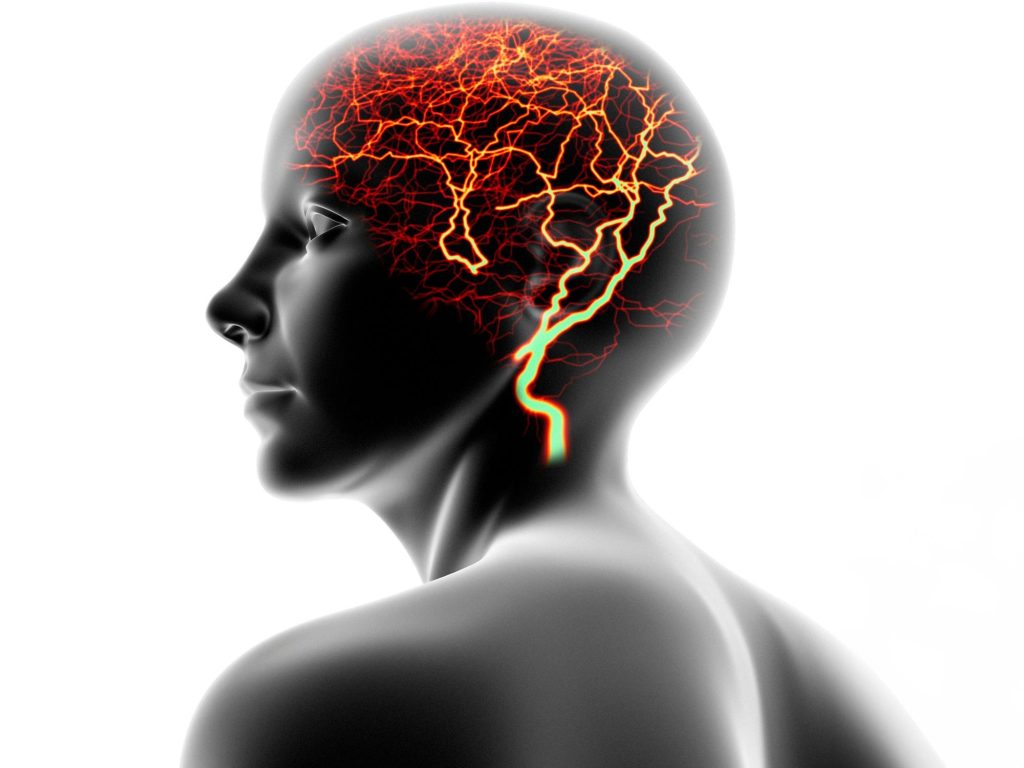
New research has revitalized interest in the longstanding link between brain trauma and dementia by focusing on the vascular changes in the brain.
Through a study examining brain tissue from traumatic injury patients, scientists discovered that the alterations in vascular smooth muscle cells might play a crucial role in the development of Alzheimer’s disease. These findings challenge the traditional understanding of neurodegeneration, suggesting that vascular dysfunction could be a primary trigger rather than a consequence of neuronal damage.
Brain Trauma and Dementia Risk
For nearly a century, scientists have recognized that brain trauma, including traumatic brain injuries (TBI), increases the risk of dementia. However, the exact molecular mechanisms behind this link remain unclear, making it difficult to develop effective treatments to prevent dementia in those affected. Now, researchers at Lund University’s MultiPark research initiative suggest that the brain’s blood vessels could hold the key to future therapies.
Brain trauma often disrupts blood flow in the brain, possibly due to changes in the smooth muscle cells that line blood vessels. These disruptions can lead to secondary brain injuries, further worsening the damage. However, the precise way this process unfolds is still not fully understood.
Investigating the Molecular Details
To explore this further, Niklas Marklund, a professor at Lund University and neurosurgical consultant at Skåne University Hospital, teamed up with experimental scientist Ilknur Özen. In collaboration with Uppsala University, they examined brain tissue from 15 patients who had undergone surgery within a week of experiencing traumatic brain injuries due to bleeding and swelling. Their analysis revealed that changes in vascular smooth muscle cells coincided with an increased buildup of amyloid-beta — a protein strongly associated with Alzheimer’s disease.
“We were surprised to see that even young patients displayed this accumulation of amyloid beta together with the vascular alterations caused by the brain trauma,” says Ilknur Özen, first author of the study. She continues: “Our findings suggest that vascular changes may be more important for neurodegeneration than previously thought.”

Rethinking Neurodegeneration
Niklas Marklund adds: “This challenges the existing paradigm in neurodegeneration-related diseases by indicating that vascular dysfunction could be an early event that triggers the progression of amyloid-related diseases rather than being caused by neuronal damage.”
While aging leads to functional changes in the vasculature, brain trauma may exacerbate and accelerate these processes even in younger patients. Still, far from everybody affected by brain trauma develops Alzheimer’s disease. That is why more research is needed.
The Road to Future Treatments
“We are not there yet, but hopefully, increased knowledge about what happens at a molecular level in the blood vessel cells following brain trauma will open up possibilities for novel treatments,” concludes Niklas Marklund.
Reference: “Traumatic brain injury causes early aggregation of beta-amyloid peptides and NOTCH3 reduction in vascular smooth muscle cells of leptomeningeal arteries” by Ilknur Özen, Sami Abu Hamdeh, Karsten Ruscher and Niklas Marklund, 22 January 2025, Acta Neuropathologica.
DOI: 10.1007/s00401-025-02848-9
Funding: Alborada Trust, The Swedish Brain Foundation, Crafoord Foundation, Skåne University Hospital ALF funds, Hans-Gabriel and Trolle Wachtmeister Foundation








